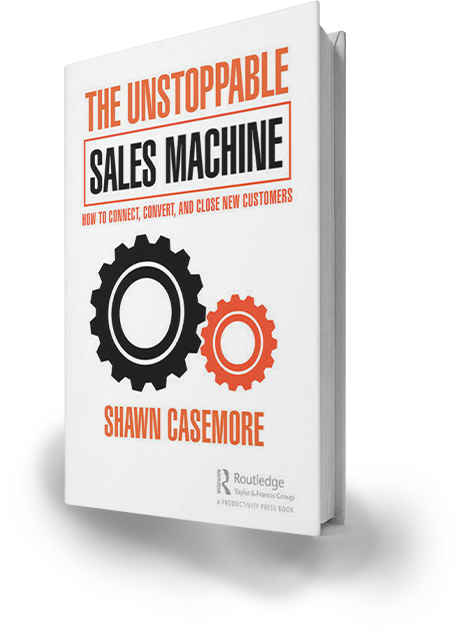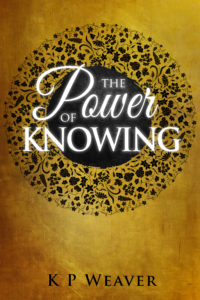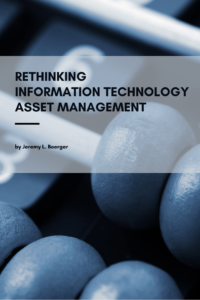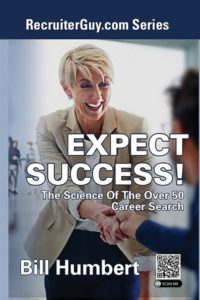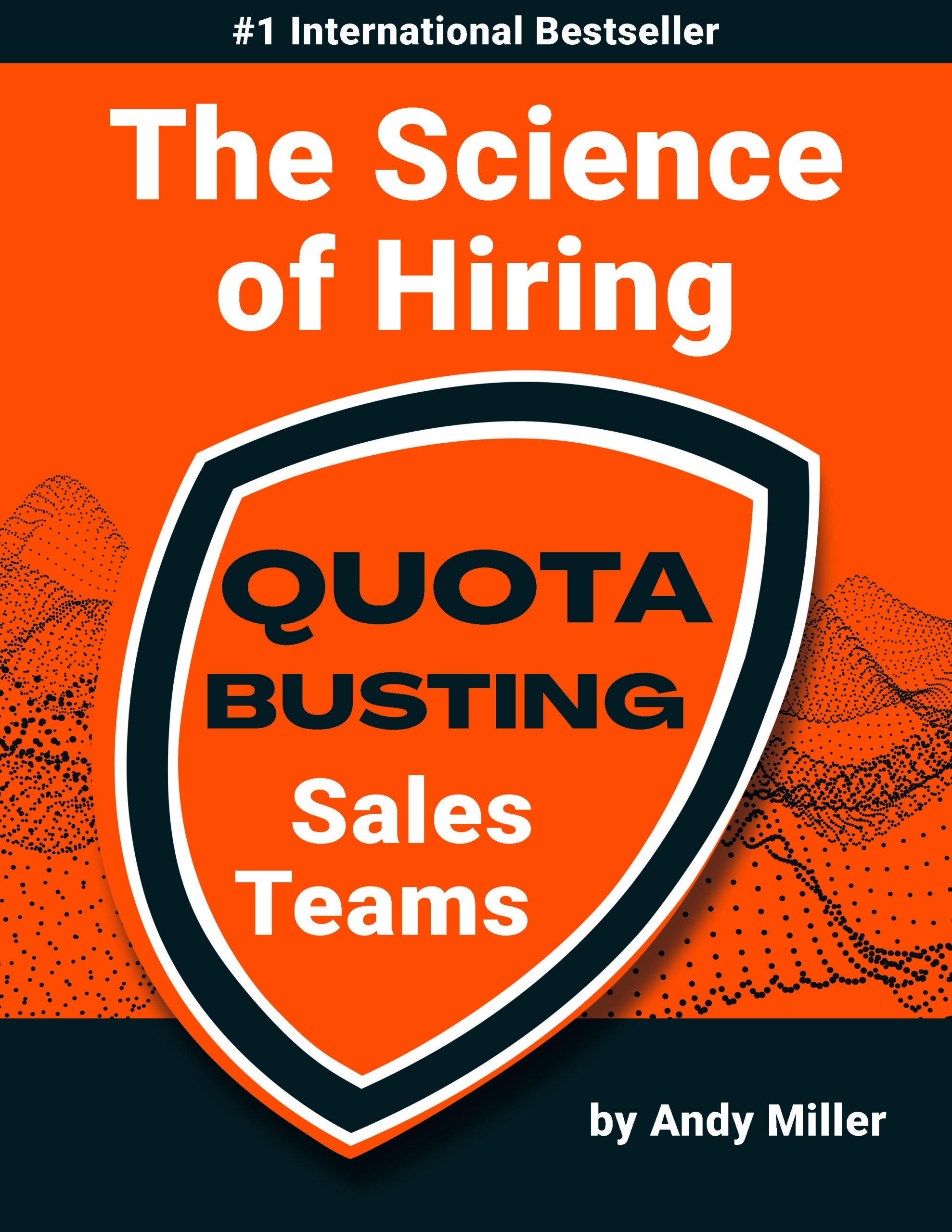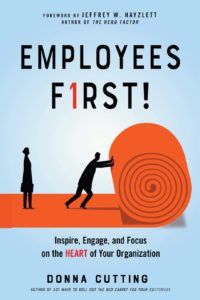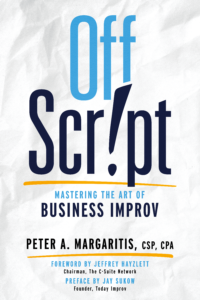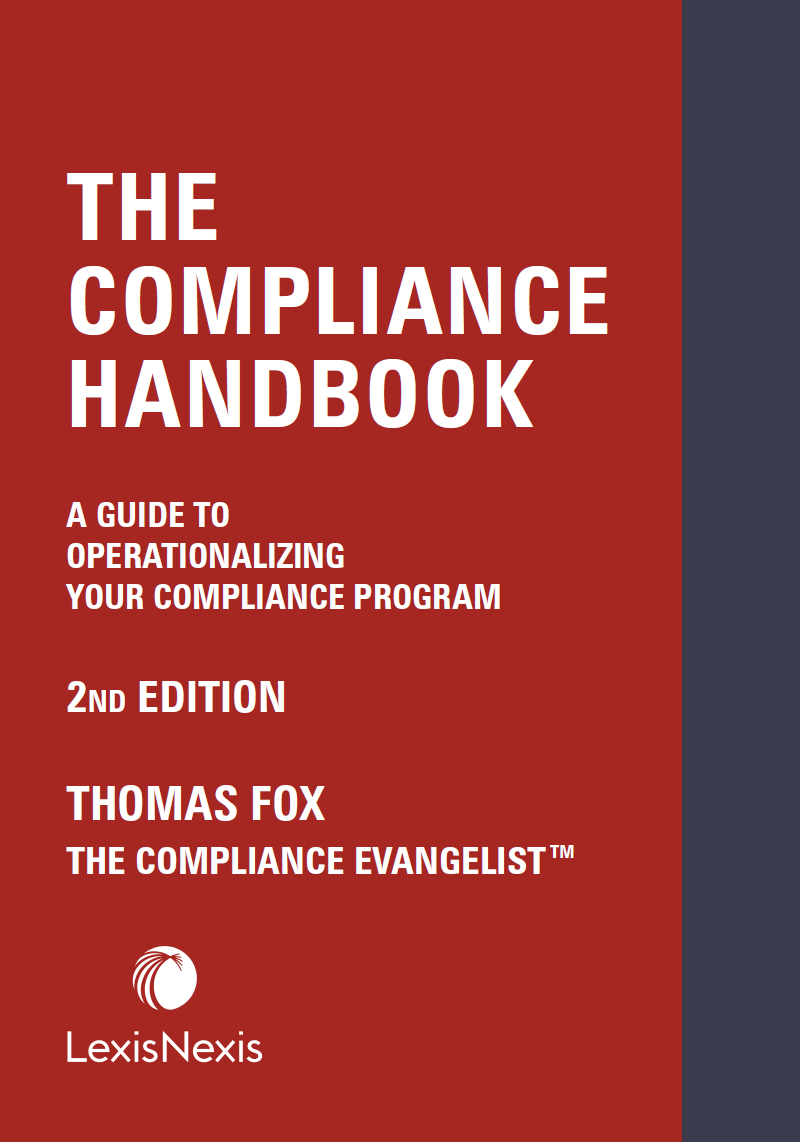Winning with Customers
D. Keith Pigues
Do your customers make more money doing business with you?
Knowing the answer can help you build measurable and valuable customer relationships, outperform the competition, and unlock profitable growth.
Companies are blind to opportunities for profitable customer relationships without a deep understanding of how they create customer value relative to competitors. With a rigorous and measurable understanding of how customers make more money today and in the future with you, combined with supporting plans and tools to align the entire organization for success, a company can win and win big. Winning with Customers offers a step-by-step playbook to help companies develop this capability for themselves, act on it, build a culture around it and sustain it over time. The playbook includes case studies, interviews, and tools from leading B2B companies who have demonstrated success. Written by recognized business thought leaders and practitioners, this book will guide you to profitable growth. The book also serves as a launch point into a community of like-minded executives. Learn more about the book and the author at http://www.dkeithpigues.com and view Keith speaking about the topic. View the endorsements for the book here, and learn more about Keen Strategy: http://www.keenstrategy.com/

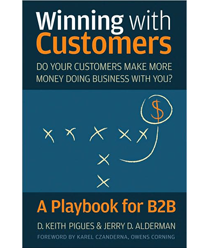
Best Seller TV

Amazing things happen when an organization begins to think first about how it can make its customers better off. Really. The days of defining winning by only considering your own P&L are over. Leading B2B companies are focused on making their customers more money than their competitors and getting their fair share.
How can you tell if your organization is focused on winning with customers? Ask yourself: Do your customers make more money doing business with you? Consider these four statements that describe a company on the right path. How many describe your organization?
- – We know specifically how we help customers make more money.
- – We measure and track how much money customers make doing business with us over time.
- – We understand how we will make our customers more money in the future.
- – We measure and track how much more money our customers make doing business with us compared to our competitors.
At a recent marketing conference, only 5 of 600+ (less than 1%) of attendees could say that these statements applied to their companies.
At the heart of this model is the Differential Value Proposition (DVP) – a business management system that helps companies better manage the value proposition with their customers and suppliers. In all business transactions a value exchange is at work. Companies seek products and services that address their business needs and (most importantly) help them improve profits.
In most value exchanges, neither party has a good way to measure how much value is exchanged or how it is shared. DVP helps companies identify the specific areas where they can create more value for customers than competitors, measure the financial impact, and create plans to deliver the value to customers while capturing their fare share in return.
What does it take to win with customers?
Help customers make more money by having a different conversation – one that focuses on the ‘measurable’ financial value you create for customers today and the specific opportunities to create more value in the future. DVP uses a method that engages decision makers and influencers throughout the customer organization in a conversation about their business.
This answers questions like: Are you helping the customer make money? Are you helping the customer make more money than your competitors? What can you do (from the customer’s perspective) to help them make even more money in the future? This new approach to gaining customer input represents significant improvements over more traditional approaches like customer satisfaction or customer loyalty metrics. It provides a current rather than retrospective assessment and changes the conversation of value propositions from purely qualitative aspects. This is a new conversation with customers that places customer value metrics at the center of the dialogue.
Inject measurable, ‘outside-in’ customer information regarding what customers value into your company’s decision-making. (Yes, sometimes we don’t know as much about our customers as we think.) This model measures a company’s performance in delivering value to customers versus competitors through the incremental operating income a customer earns by doing business with you versus your competitors. This connects your value proposition and the customers’ P&L statement and has produced some surprising results for the companies that are using it.
Develop and execute plans with customers that deliver value and clearly outline what is expected in return. A critical part of this approach is a list of the top 3-5 opportunities identified during the customer discovery that represent value for both parties. The list builds and continually improves the customer relationship. Our work has shown that while customer relationships are important, long-lasting and mutually beneficial financial relationships are what truly matter. These relationships provide the fertile ground for true co-creation with customers that result in sustained profitable growth for both parties over time.
Predict future profit growth for you and your customers by aligning your investments with their impact on customers’ profits. One of the most exciting areas within this approach is measuring the customer’s actual performance against the predicted incremental operating income earned by doing business with you. One company that has been using this approach over a 10-year period has produced very interesting results showing the relationship between their investments, improvements in their value propositions and predictable future financial performance.
Book Trailer :: Winning with Customers
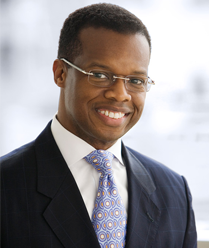
Keith is a thought leader and widely sought after speaker and advisor on company growth and strategic marketing. His experience includes c-suite executive leadership positions in marketing and strategy. He also served as a tenured professor of Management, dean of the School of Business and Senior Academic and Administrative Officer at North Carolina Central University. He is co-author of Winning with Customers: A Playbook for B2B (Pigues and Alderman, Wiley & Sons, 2010). He has more than 25 years of experience in marketing, strategic planning and sales leadership at firms ranging from the Fortune 100 to mid-market private equity backed firms in a range of industries, including information technology, healthcare, agriculture biotechnology, automotive, commercial printing and building products. Keith has held executive positions in marketing and strategy at CEMEX, RR Donnelley, ADP and Honeywell International.
Keith serves on the board of directors of the Office of Mortgage Settlement Oversight and the Research Triangle Foundation. He also serves on the board of advisors for the Frank Hawkins Kenan Institute for Private Enterprise. He previously served as an independent director for Prometheus Group, a private-equity backed software company, as well as a board member for the Business Marketing Association (BMA), where he was board chairman.
Keith’s accomplishments and contributions as a business executive, speaker, thought leader and author have been recognized by Inc. Magazine, Frost & Sullivan, Canadian Marketing Association, Consortium for Graduate Study in Management, BtoB Magazine, Business Marketing Association, American Marketing Association, Yahoo! Finance and CNBC. Black Enterprise Magazine named Keith as one of its top executives in marketing and advertising for 2011. B2B Magazine recognized him as a leading senior marketing practitioner and a member of “Who’s Who in B-to-B” in 2007 and 2010. He was awarded the Frost & Sullivan Marketing Lifetime Achievement Award in 2007.
Keith received his MBA from the University of North Carolina Kenan-Flagler Business School, where he participated in an international exchange program at Manchester University School of Business in the United Kingdom. He also received a BS in electrical engineering from Christian Brothers University.





